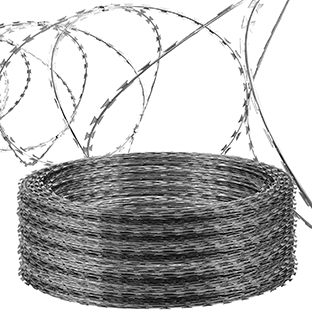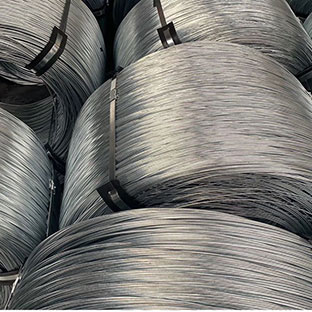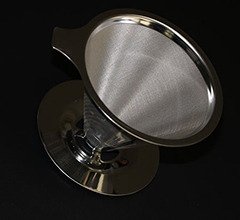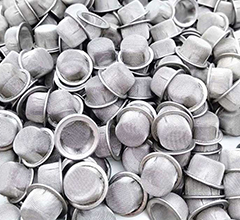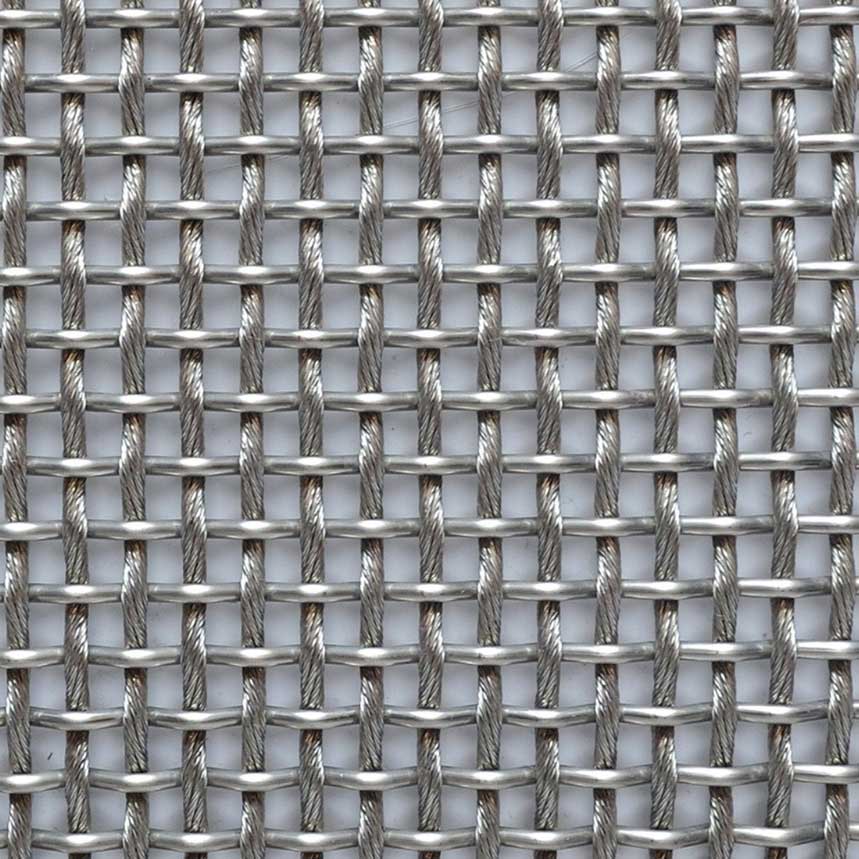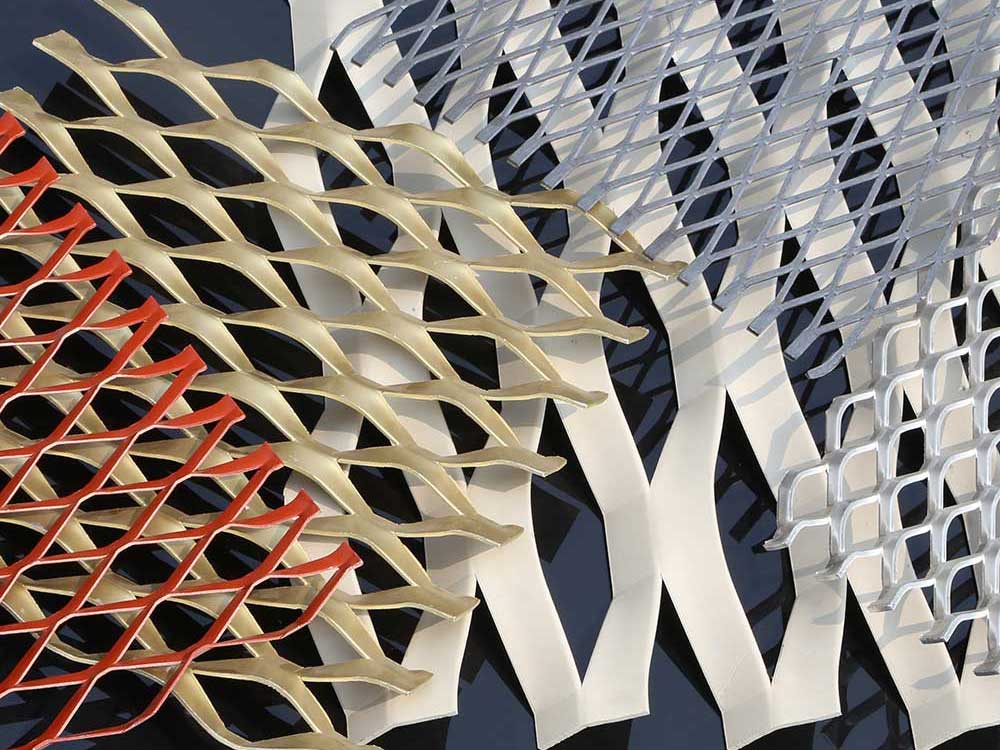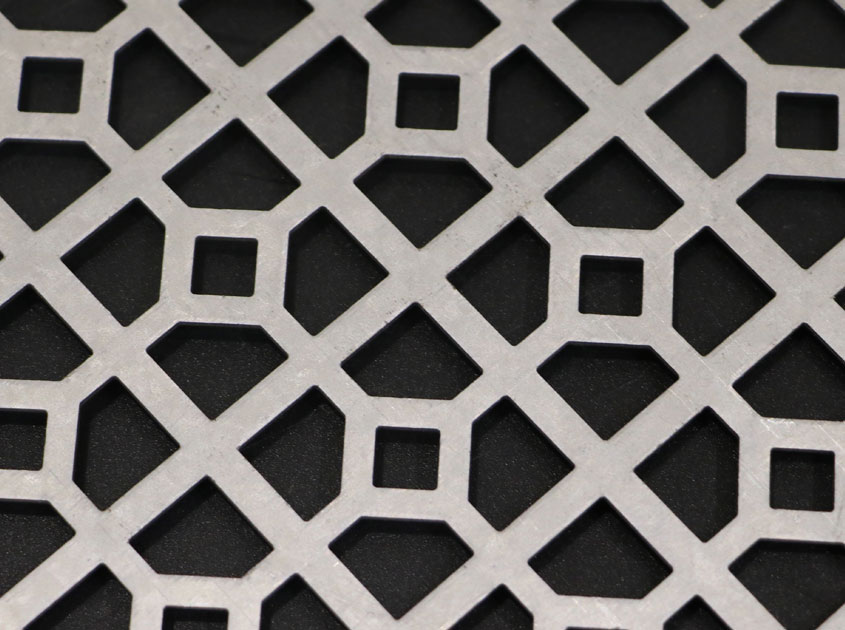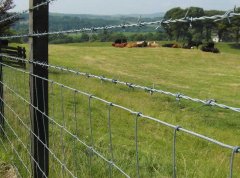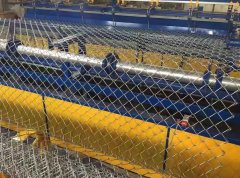In order to improve the economic benefits of raising chickens, farmers should timely eliminate low-yield chickens according to the physiological characteristics of the flocks, and only keep high-yielding chickens for rearing. The following describes the methods for identifying good and bad chickens as follows:
1. Crown and meat chop: Farmers can identify whether the laying hen is a high-yield chicken through the crest of the laying hen and the meat chop. The chicken crest and the meat chop that are usually laying eggs are bright red and warm, because the blood circulation is strong. . Discontinued cockscombs and meat chops will gradually shrink and the color will become pale and dry.
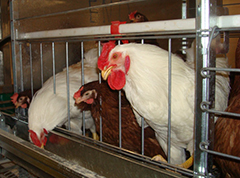
2, cloaca: farmers can also use the cloaca to identify whether the laying hen is a high-yielding laying hen, generally high-yield laying hens have a large cloaca, oval, moist and relaxed, white. However, the cloaca of the discontinued chicken will shrink and wrinkle, dry, and the cloaca is mostly yellow.
3, pubic bone: pubic bone is also a good way for farmers to identify whether the flock is a high-yielding layer. Generally, the high-yield laying hen has a soft pubic stretch and is elastic and has three to four fingers wide (called open sputum). However, the pubic end of the discontinued laying hen is relatively tight, and the distance is relatively close. Generally, it can only accommodate one to two fingers, and is bent inward and hard.
4, pubic bone and keel distance: at the time of identification, farmers can also determine the high-yield laying hen by paying attention to the distance between the pubic bone and the keel, because the distance between them can indicate the size of the abdominal cavity. Generally, laying hens with normal egg laying are far away, and can put four to five fingers down. Discontinued chickens are close, only two to three fingers.
5, abdomen: normal laying hens abdomen increased soft and elastic. The chicken that was discontinued was tight and hard and had rough skin.
6. Pigment: The pigment of high-yield laying hens and low-yielding chickens is not the same. Under normal circumstances, the chicken mouth and legs that are laying eggs are turned yellow or white. Since the yellow pigment accumulated in the chicken is used for forming the egg yolk, the external yellow pigment-forming portion becomes pale yellow and white, especially the mouth and legs. Discontinued chickens do not require yellow pigment, so it is possible to judge low-yield laying hens by pigmentation.
7, moulting: laying hens will have a period of moulting, farmers should pay attention to moulting is a key to identify the performance of laying hens, under normal circumstances, high-yield chicken feathers are dull, dirty and dry, broken and untidy, low-yield chicken The feathers are neat and shiny. Old chickens are moulting in the fall, because the feathers are mainly protein, so they are generally discontinued in time. Individual high-yielding chickens lay their feathers and lay their eggs, and the time for new feathers to come out is longer. High-yielding chickens change their feathers late and grow faster. After the new feathers grow, they continue to lay eggs.


.jpg)




.png)






































